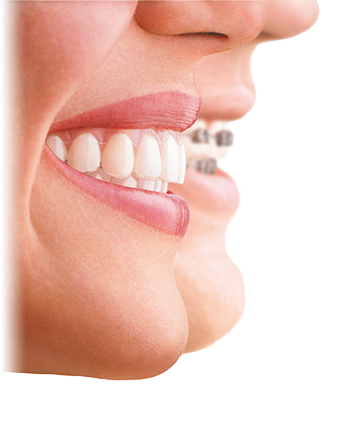 Dental crowns are used commonly in modern dentistry to restore and repair the teeth, but what are they, why would I need one and what does treatment involve?
Dental crowns are used commonly in modern dentistry to restore and repair the teeth, but what are they, why would I need one and what does treatment involve?
The ins and outs of dental crowns
Dental crowns are a type of restoration; they are used to repair damaged or decayed teeth and they can be made from a range of materials, including metals and ceramics, such as porcelain, which are famed for their natural looking aesthetics. Crowns help to strengthen and protect the teeth and they are placed over the existing tooth structure; they are also known as caps.
You may be advised to consider crown treatment if you have damaged or injured your tooth, you have a dental fracture, you have an oral infection or you have extensive decay. Crowns can also be used to replace missing teeth when attached to a dental implant. If your tooth is infected, a new crown may be placed following root canal treatment.
Crowns are a durable solution, but they are permanent; in most cases, crowns tend to last between 5 and 10 years.
How do crowns work?
Crowns replace the decayed or damaged section of the tooth, which is removed prior to crowning, to reduce the risk of further infection. Crown treatment usually involves two treatment sessions 2 weeks apart; during the first session, any decayed or damaged tooth structure will be removed and the tooth will be cleaned thoroughly. The remaining tooth structure will be shaped and prepared and an impression will then be created using dental putty. Around 2 weeks later, your custom-made crown will be ready to fit.
Once the crown is in place, it should help to improve the function of the tooth and reduce the risk of further injury or infection in the future.
If you have questions about crowning or you would like to find out more about the benefits of crowning a tooth, don’t hesitate to ask your dentist for advice.
















